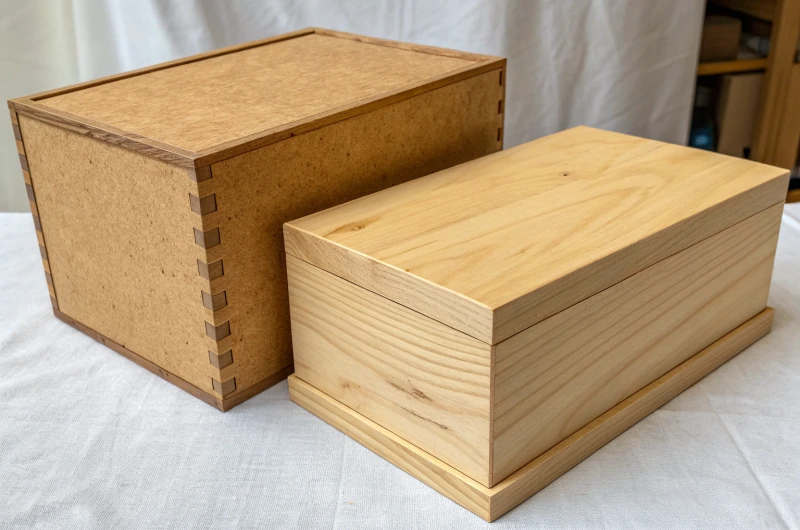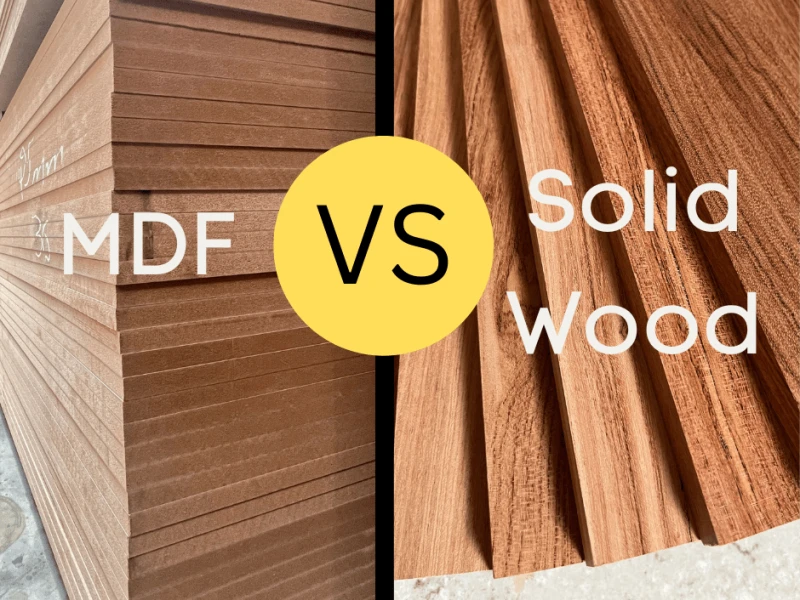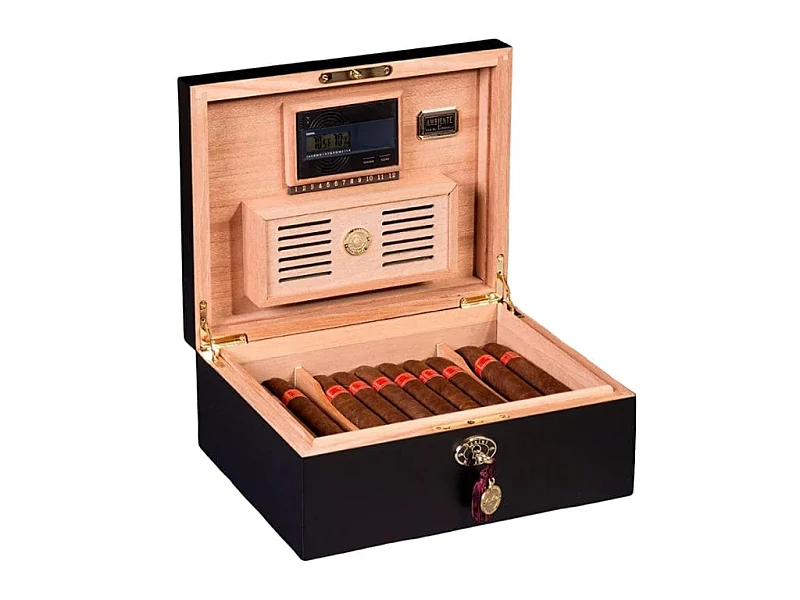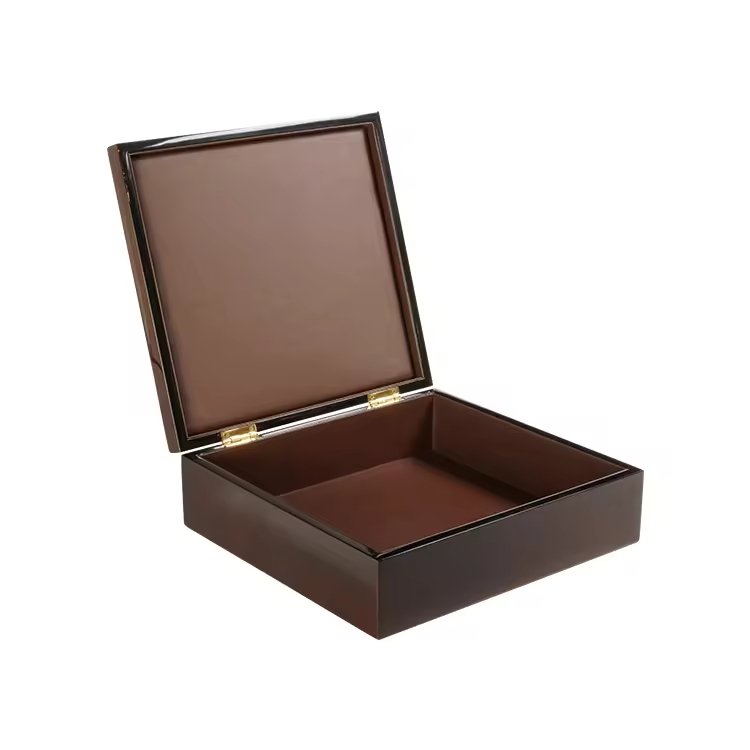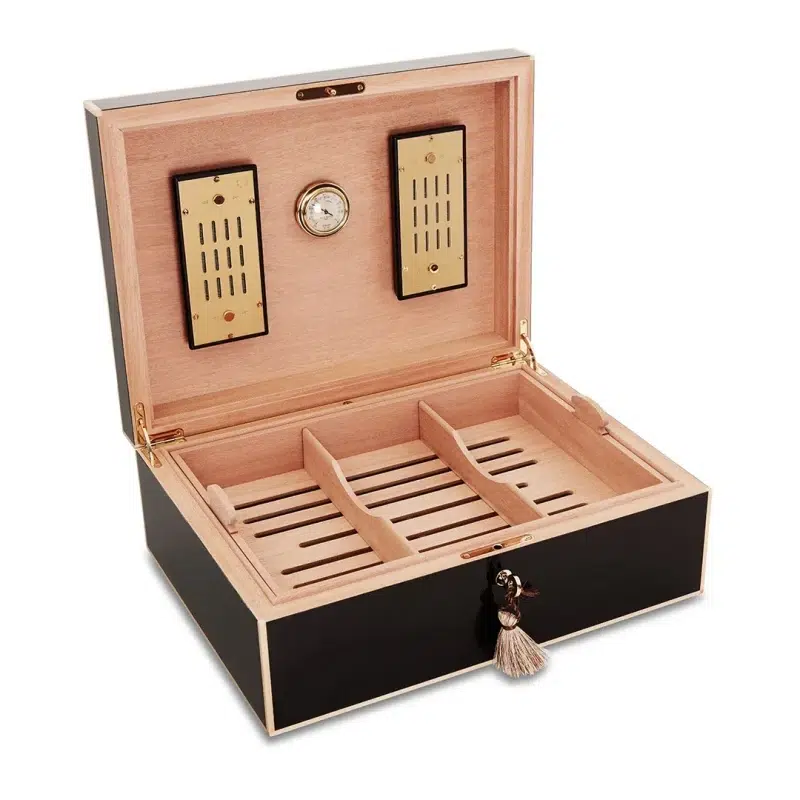
Clients often believe an approved sample guarantees identical bulk goods. In reality, mass production introduces variables.
Sample approval confirms design intent, but without strict controls, mass production may bring variations in color, finish, or assembly.
Bridging this gap requires clear communication, defined tolerances, and step-by-step QC.
Why can handmade samples look different from mass-produced items?
Samples are usually made by senior craftsmen with extra attention. Mass production follows repeatable processes.
Handmade samples often appear more refined, while production pieces may show slight differences due to machine processes and speed.
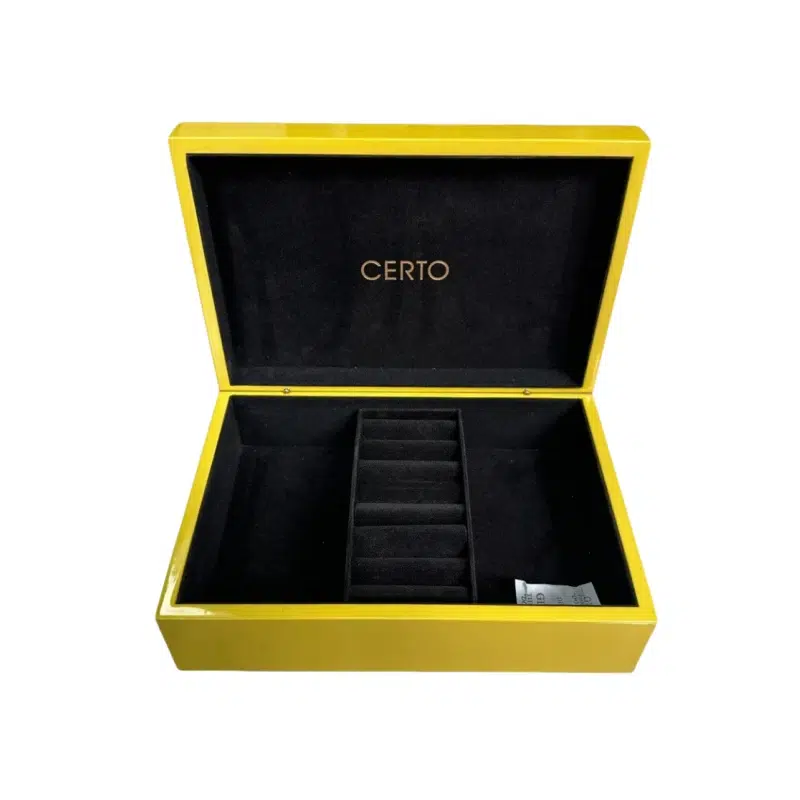
For example, a prototype might be hand-sanded for hours, while bulk production uses machines with set cycles. Even minor differences in polishing pressure create a different gloss.
Common Sample vs Mass Gaps
- Hand-applied lacquer looks smoother than sprayed layers.
- Prototype hinges are adjusted manually, bulk hinges installed faster.
- Color tones appear richer when mixed individually vs in large batches.
I remember one jewelry box project where the sample had a flawless piano gloss. In bulk, the gloss was slightly less deep because machine coating layers were thinner. Explaining this early helped avoid disputes.
How do material sourcing changes affect the consistency between sample and bulk order?
Material sourcing is one of the most overlooked reasons for differences.
Bulk orders may use wood, veneer, or fabric from different lots, which can create slight variations compared to the sample.

Natural materials, like wood and veneer, vary by grain and shade. Even metal locks may differ in tone across batches.
Material Variability Factors
- Different wood batches = grain and tone variation.
- Veneer cuts = inconsistent patterns.
- Leather or fabric dye lots = color shade differences.
- Hardware plating = slight tone variations.
In one cigar box order, the approved sample had a straight-grain walnut veneer. The bulk veneer included some swirls. While natural, the client was surprised. That experience taught me to confirm: “Do you accept natural variation, or should we sort for more uniformity?”
What production challenges (color variation, finishing details, assembly accuracy) often appear at scale?
Scaling magnifies small issues. What looks easy in one piece becomes harder in hundreds.
Mass production challenges include color mismatch, uneven lacquer, and small misalignments in assembly.
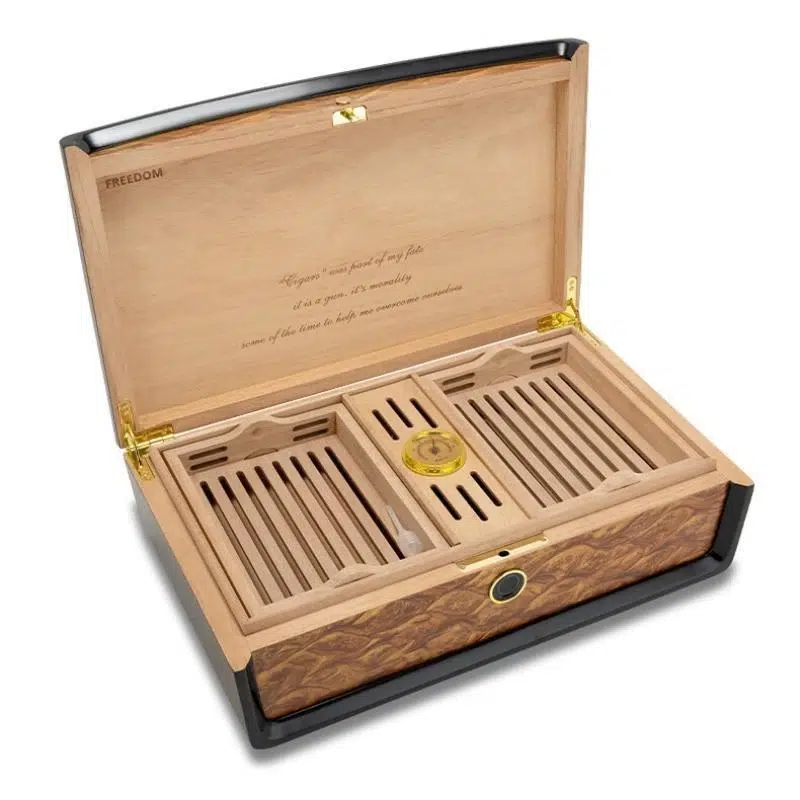
Even with careful planning, coating consistency is hard to maintain across hundreds of boxes. Workers may also vary slightly in how they apply pressure when fitting joints or hinges.
Common Production Issues
- Farbe: Lacquer tones vary between batches.
- Oberfläche: Gloss levels differ depending on drying conditions.
- Assembly: Hinges or lids slightly misaligned.
- Logo: Stamping pressure not identical on each piece.
I once produced 800 watch boxes with high-gloss lacquer. A rainy week changed drying times, leading to slight gloss differences. Early communication about possible variations helped manage client expectations.
Why is it important to define tolerance standards and acceptable variations in advance?
Without clear tolerance rules, even tiny differences can lead to disputes.
Defining tolerance standards clarifies which variations are acceptable and which are not, preventing conflicts later.
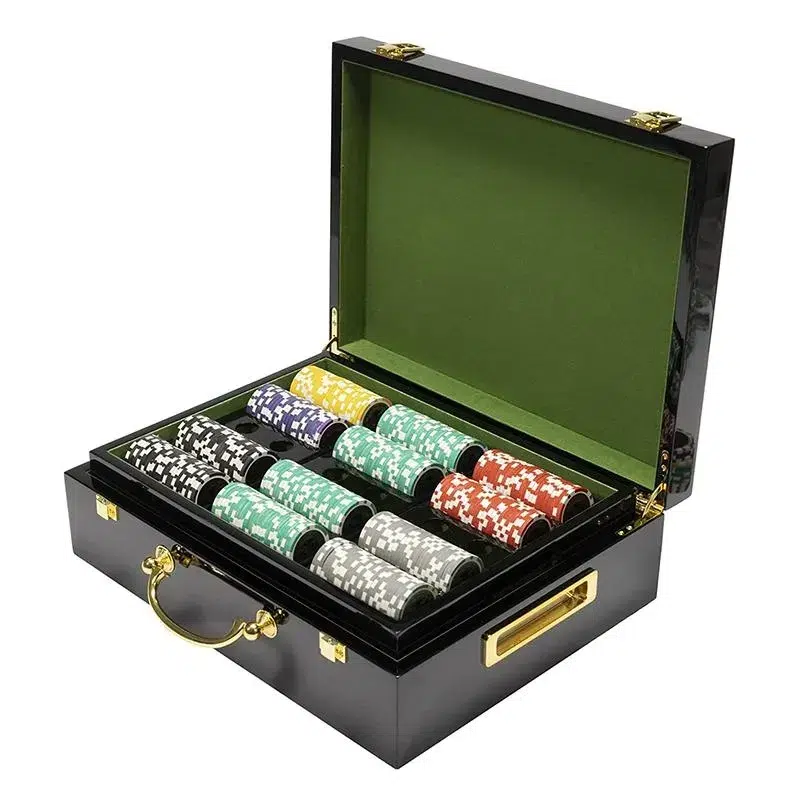
Luxury clients expect perfection, but 100% identical handmade finishes are unrealistic. Tolerance agreements create fairness.
Example Tolerance Standards
| Aspekt | Acceptable Variation |
|---|---|
| Color Shade | ±5% tone difference under daylight |
| Logo Position | ±1 mm misalignment |
| Veneer Grain | Natural variation within chosen species |
| Glanzgrad | Consistent within one gloss grade |
In one Middle Eastern project, we agreed upfront that logo placement tolerance was ±1 mm. When QC found minor shifts, the client accepted them without issue because expectations were set.
How can clear documentation (drawings, specifications, QC checklists) minimize misunderstandings?
Documentation turns verbal expectations into measurable standards.
Drawings, specifications, and QC checklists provide written proof of what was agreed, reducing subjective interpretation.
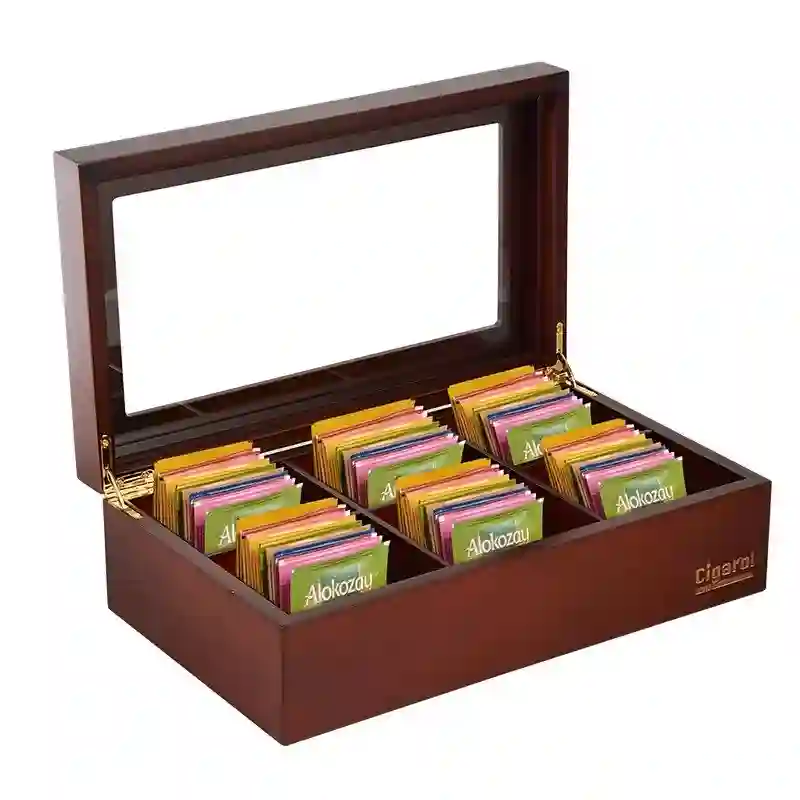
With detailed drawings and finish samples, every worker and inspector knows the target. Without this, “premium” or “luxury” remain vague.
Key Documentation Tools
- Technical drawings with precise dimensions.
- Finish samples or color panels signed by client.
- Written QC checklist with inspection points.
- Photographic references of approved sample.
For a limited wine box series, I prepared a QC sheet with 20 inspection points, from veneer alignment to gloss level. Both client and factory signed it. That single document avoided future disputes.
What role does step-by-step quality inspection play in aligning bulk goods with the approved sample?
Final QC is important, but step-by-step inspection prevents problems earlier.
Step-by-step inspection ensures that each stage—cutting, assembly, coating, branding—matches the sample before moving forward.
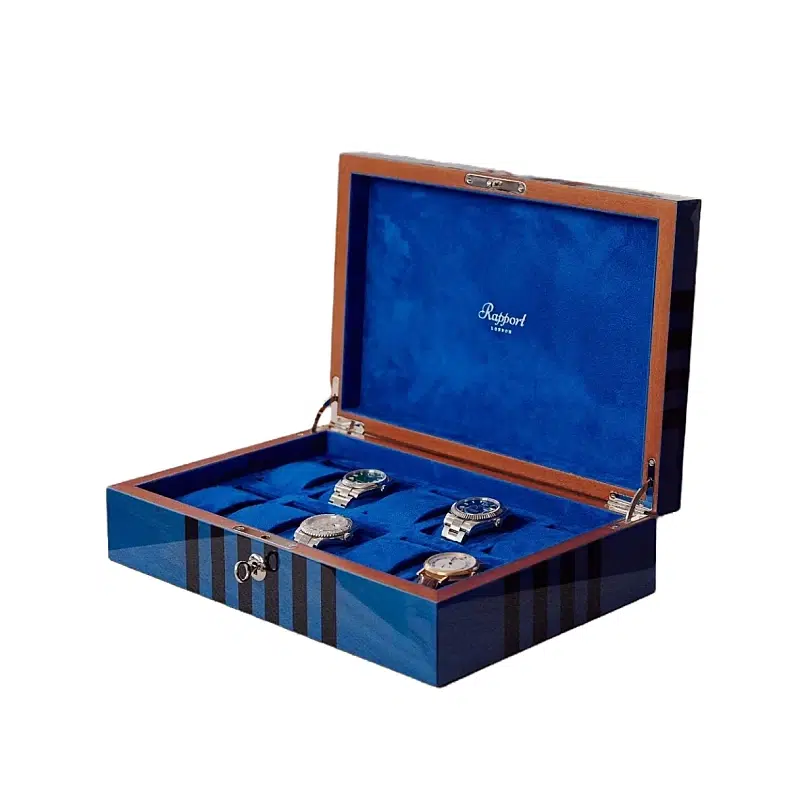
If problems are caught early, they are cheaper and faster to fix. Waiting until final QC often means wasted products.
Step-by-Step QC Focus
- Material Check: Verify veneer tone before cutting.
- Assembly Check: Ensure joints and hinges align.
- Coating Check: Compare gloss after each layer.
- Branding Check: Confirm logo scale and position.
- Final Check: Match overall look to approved sample.
In one project, we paused halfway to send photos of gloss level after the fourth lacquer coat. The client requested more depth. Adjusting mid-process saved us from re-polishing hundreds of boxes later.
Schlussfolgerung
Sample approval shows design intent, but only defined tolerances, documentation, and step-by-step QC ensure mass production matches expectations.
Markenname: WoodoBox
Slogan: Maßgefertigte Holzkisten, handwerklich perfekt gefertigt
Website: www.woodobox.com
WhatsApp: +86 18359265311

